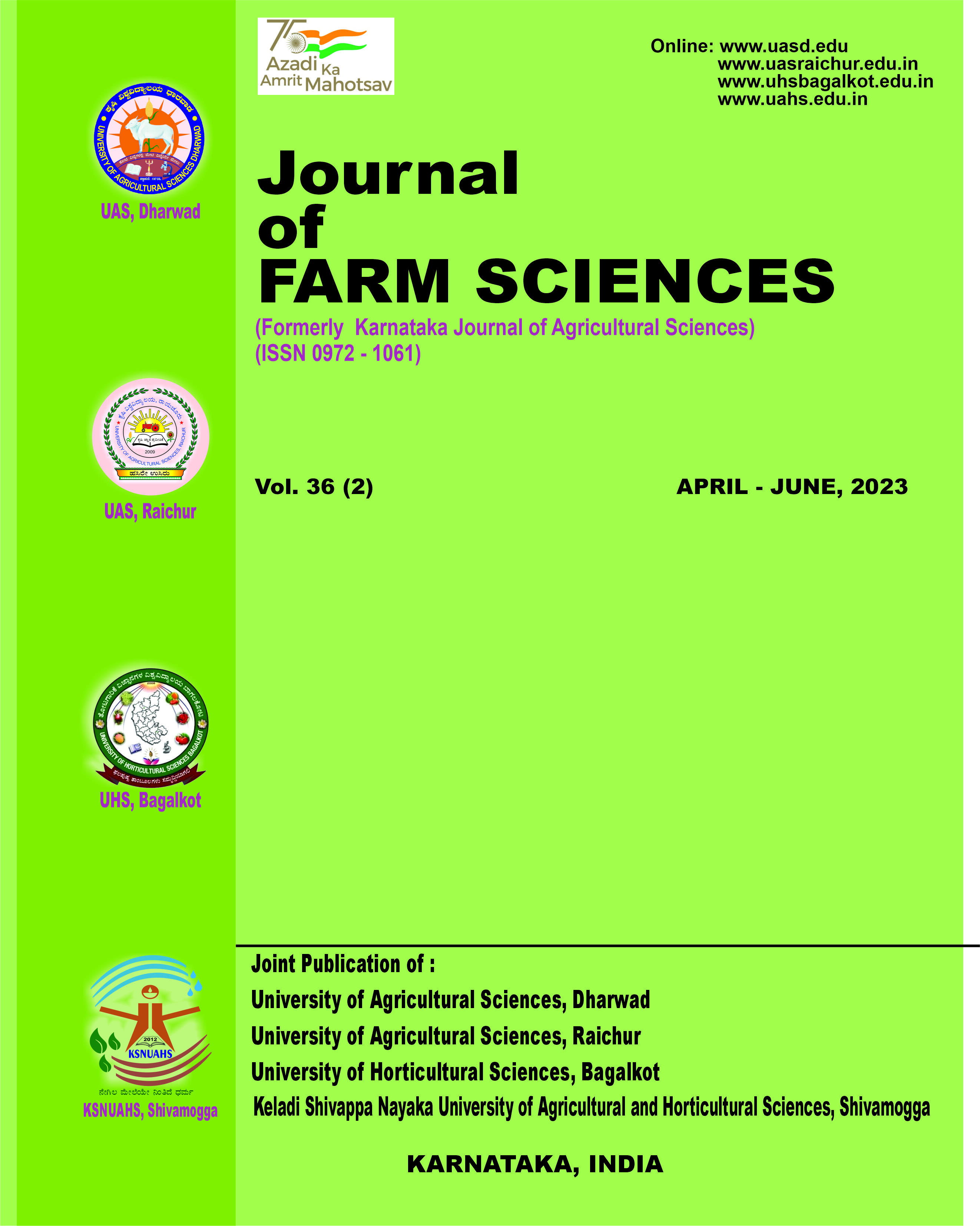Marketing dynamics of organic turmeric in Karnataka: An empirical study
Abstract
Turmeric (Curcuma longa) is widely known as the ‘Indian Saffron’ and originates from Asia. India has been the largest producer, consumer and exporter of turmeric globally. In Karnataka, Belagavi and Bagalkot were the major districts which produce organic turmeric and only a few studies found on organic turmeric especially in that particular region and hence the present study aimed to analyse the marketing dynamics of organic turmeric in Belagavi and Bagalkot districts of Karnataka. A multistage purposive sampling technique was employed for the selection of sample respondents including market intermediaries using pre-tested, well-structured questionnaires. The results revealed that, in the marketing of organic turmeric two marketing channels were identified in Belagavi district comprises of Channel-I: Producer Wholesaler-cum- Processor Retailer Consumer and Channel-II: Producer Local trader Company Retailer Consumer and two channels in Bagalkot district consists of Channel-I: Producer Wholesaler-cum-Processor Retailer Consumer and Channel-II: Producer FPOs Company Retailer Consumer. In Belagavi district, the producer’s share in consumer’s rupee was higher in Channel-I (46.16%) as compared to Channel-II (39.65%). The marketing efficiency was also found to be highest in Channel-I (1.67) compared to Channel-II (1.28). In Bagalkot district also the producer’s share in consumer’s rupee was higher in Channel-I (44.50%) as compared to Channel-II (39.16%) and the Channel-I (1.53) was more efficient than that of Channel-II (1.15). Majority of the cost has been incurring on processing and transportation and hence, there is a scope for the farmers to process the turmeric themselves then send to intermediaries for realisation of higher price rather than selling bulbs or fingers. Hence, policymakers could give emphasis on investment in establishment of turmeric processing units in the study area.


